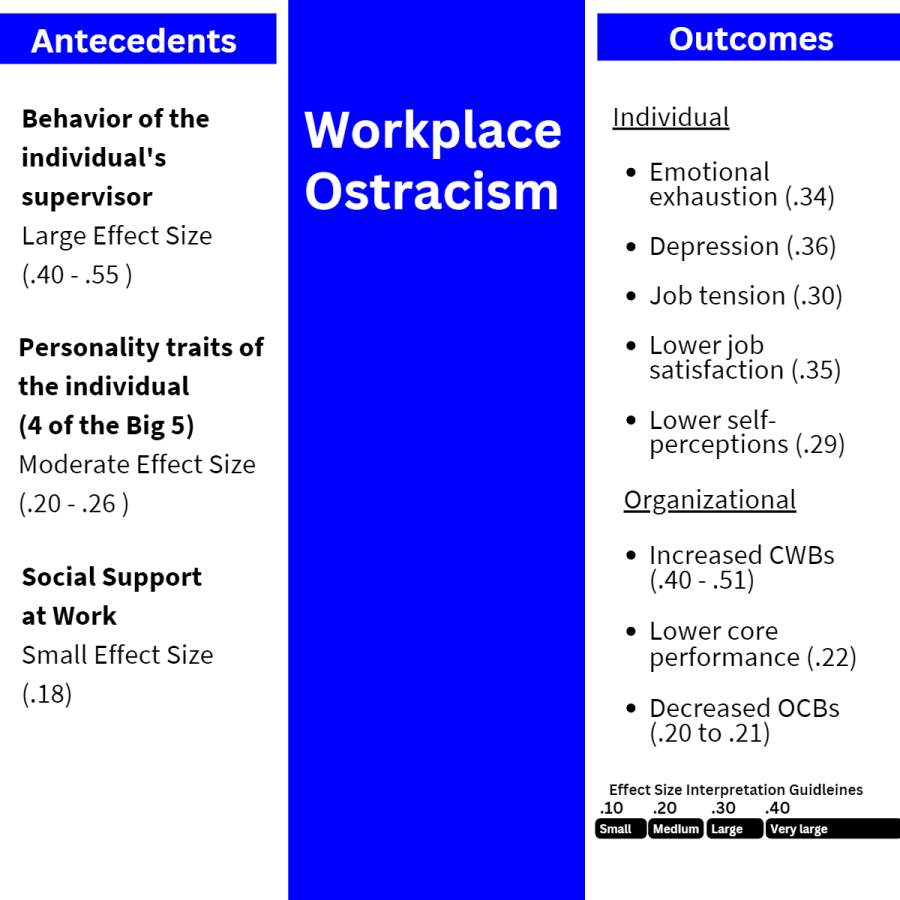Choosing an Executive Assessment Partner
On the surface, executive assessment providers may appear similar to one another. But if you take a closer look, you may be rather surprised by what you see. By asking these questions, you can make informed comparisons and select the right partner for your organization. The Organization and its People How many assessments have you […]
Read More
